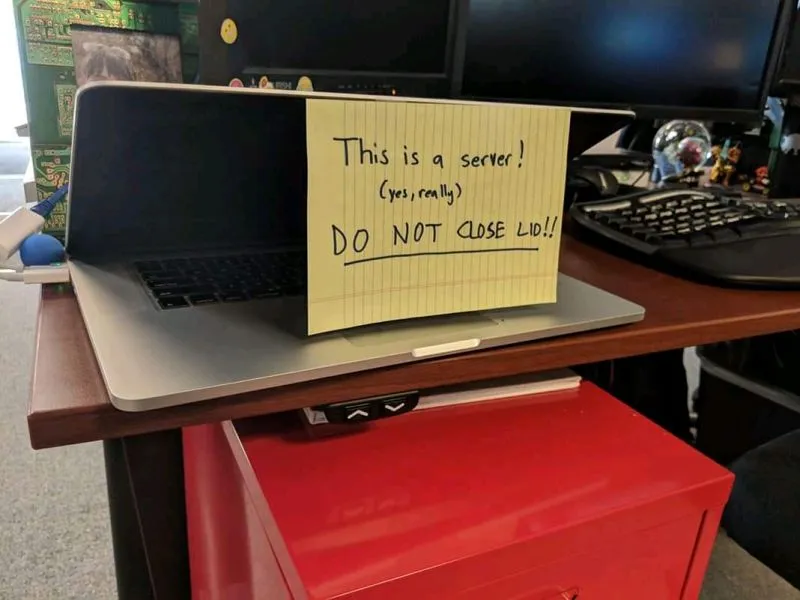I’m trying to better understand hosting a Lemmy Instance. Lurking discussions it seems like some people are hosting from the Cloud or VPS. My understanding is that it’s better to futureproof by running your own home server so that you have the data and the top most control of hardware, software etc. My understanding is that by hosting an instance via Cloud or VPS you are offloading the data / information to a 3rd party.
Are people actually running their own actual self-hosted servers from home? Do you have any recommended guides on running a Lemmy Instance?
Selfhosting is the act of hosting applications on “hardware you control”. That could be rented or owned, its the same to us. You could go out and buy a server to host your applications but there a few issues that you might run into that could prevent you from simply standing up a server rack in your spare room. From shitty ISPs to lack of hardware knowledge there are plenty of reasons to just rent a VPS. Either way youre one of us :)
But you don’t control the hardware if you run it on a VPS?
Self hosting basically means you are running the server application yourself. It doesn’t matter if it’s at home, on a cloud service or anywhere else.
I wouldn’t recommend hosting a social network like lemmy, because you would be legally responsible for all the content served from your servers. That means a lot of moderation work. Also, these types of applications are very demanding in terms of data storage, you end up with an ever growing dataset of posts, pictures etc.
But self hosting is very interesting and empowering. There are a lot of applications you can self host, from media servers (Plex, Jellyfin), personal cloud (like Google Drive) with NextCloud, blocking ads with pihole, sync servers for various apps like Obsidian, password manager BitWarden etc. You can even make your own website by coding it, or using a CMS platform like WordPress.
Check the Awesome Self-hosted list on GitHub, has a ton of great stuff.
And in terms of hardware, any old computer or laptop can be used, just install your favorite server OS (Linux, FreeBSD/OpenBSD, even Windows Server). You can play with virtualization too if you have enough horsepower and memory with ESXI or Proxmox, so you can run multiple severs at once on the same computer.
Acronyms, initialisms, abbreviations, contractions, and other phrases which expand to something larger, that I’ve seen in this thread:
Fewer Letters More Letters CGNAT Carrier-Grade NAT DNS Domain Name Service/System Git Popular version control system, primarily for code HTTP Hypertext Transfer Protocol, the Web IP Internet Protocol LXC Linux Containers NAS Network-Attached Storage NAT Network Address Translation Plex Brand of media server package SATA Serial AT Attachment interface for mass storage SSD Solid State Drive mass storage VPN Virtual Private Network VPS Virtual Private Server (opposed to shared hosting) nginx Popular HTTP server
[Thread #139 for this sub, first seen 16th Sep 2023, 05:05] [FAQ] [Full list] [Contact] [Source code]
Hey, I love this thread, and I am intrigued by the term "futureproof"ing. can someone direct me to a thread where local networks are self-hosted and the human element of organizing the network is discussed? Thank you. If I don’t come back, it’s because I’m new to Lemmyworld and got lost.
actually have a server at home
I haven’t got any piece of hardware that was sold with the firstname “Server”.
But there’s this self-built PC in my room that’s running 24/7 without having to reboot in several years…
Well technically a “server” is a machine dedicated to “serving” something, like a service or website or whatever. A regular desktop can be a server, it’s just not built as well as a “real” server.
There is though reasons to stray from certain consumer products for server equipment.



